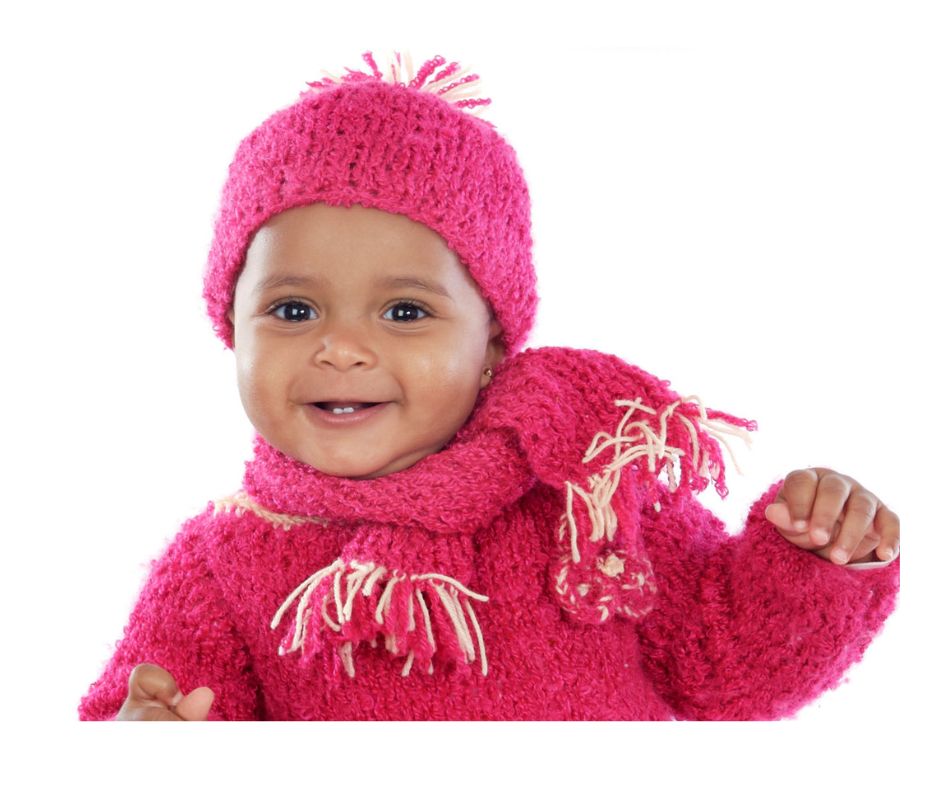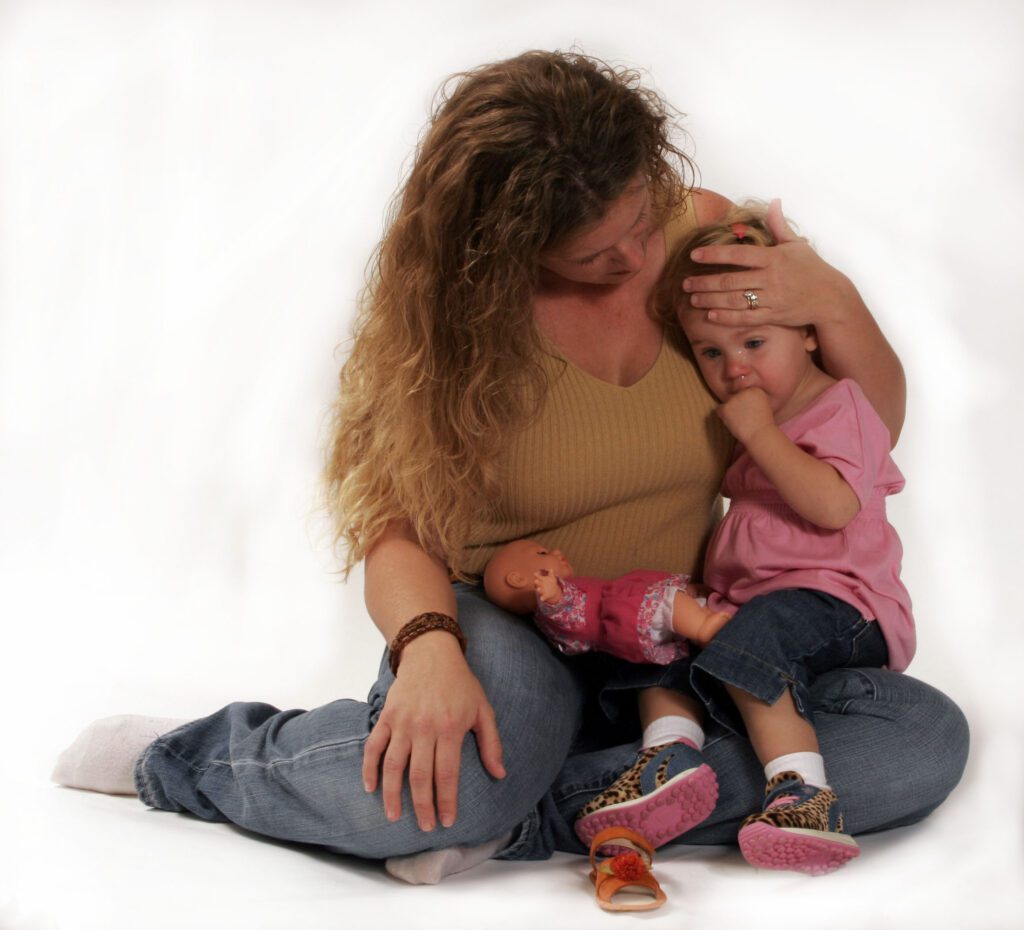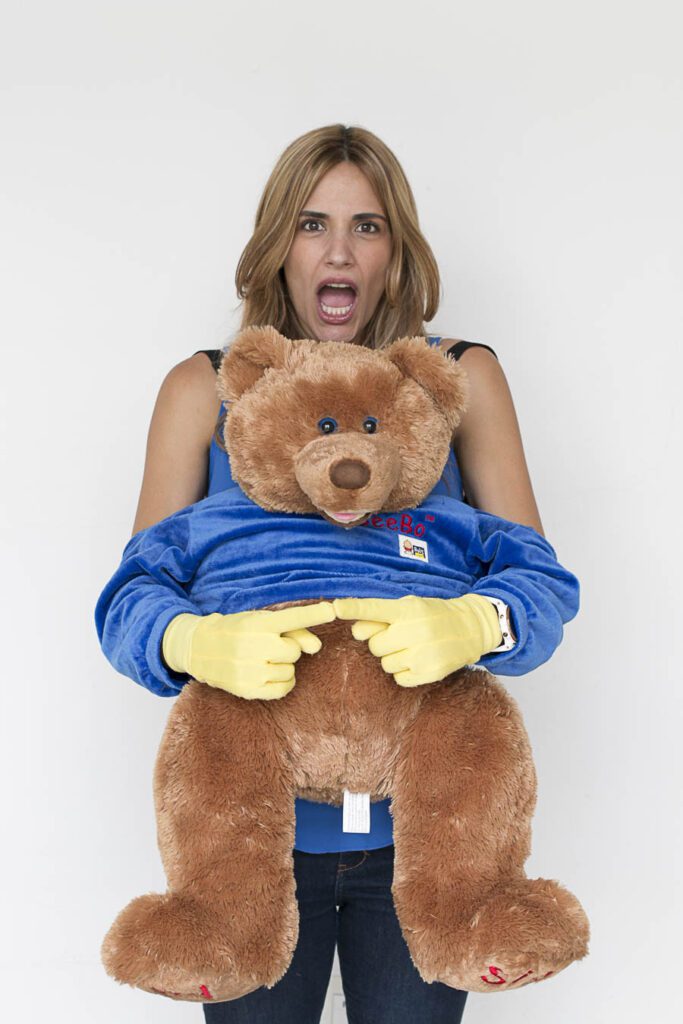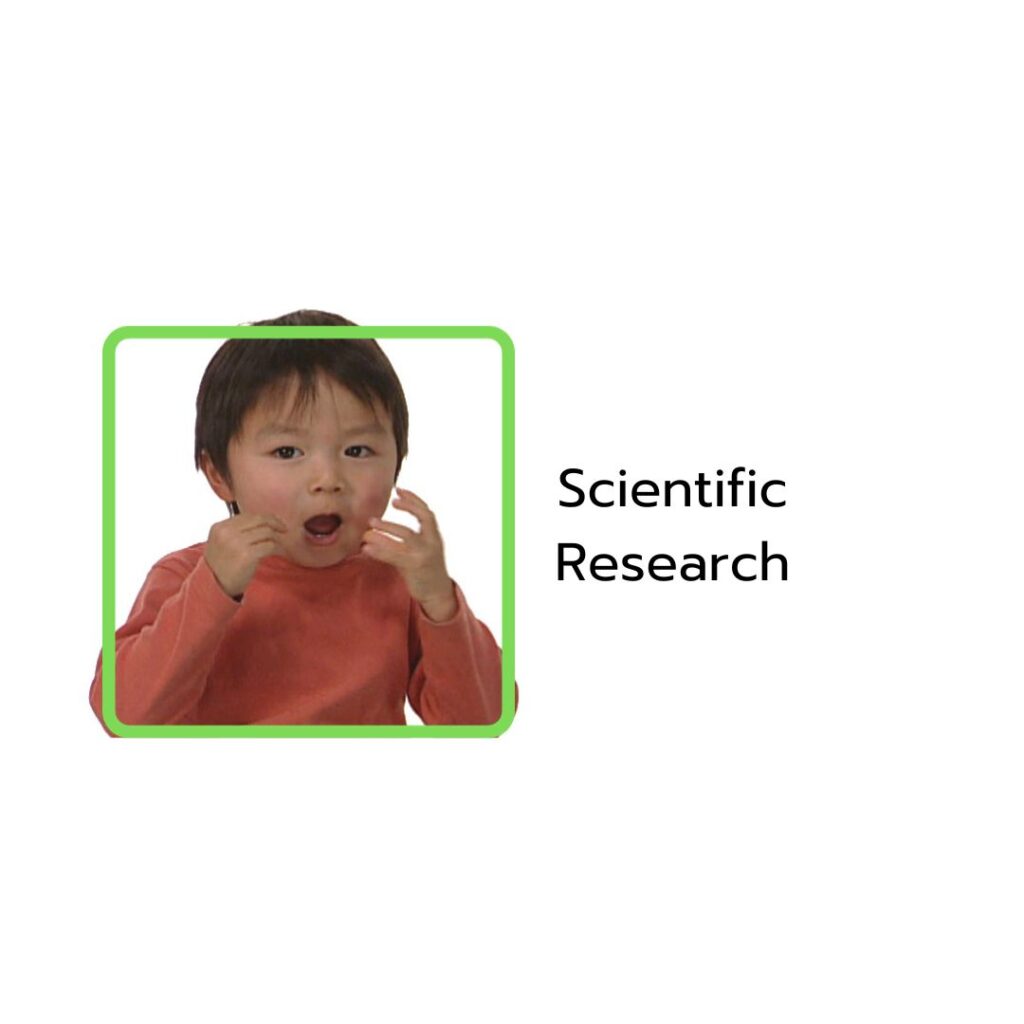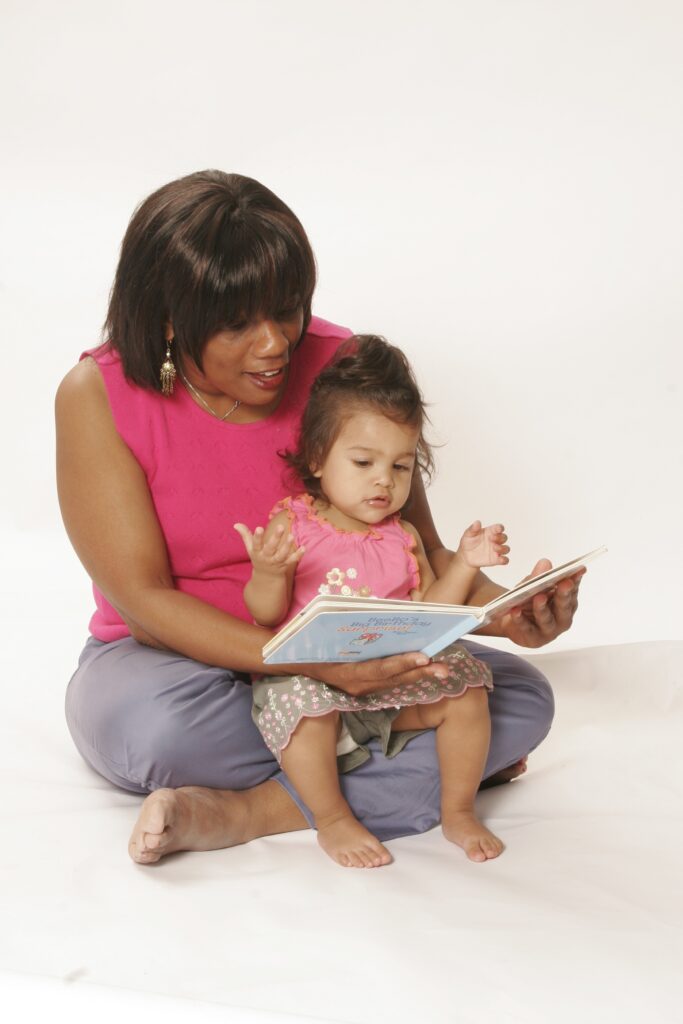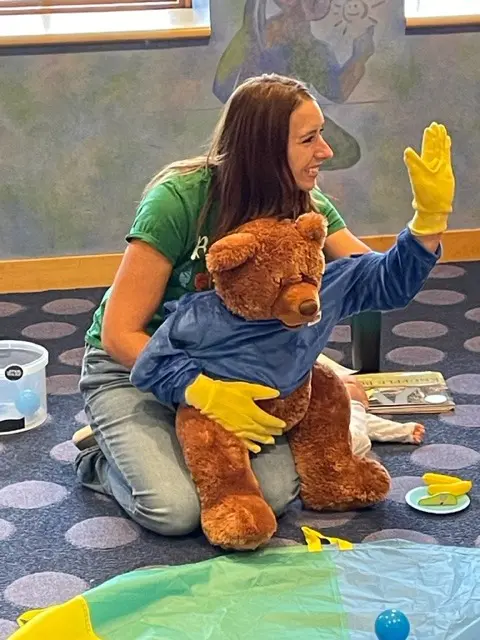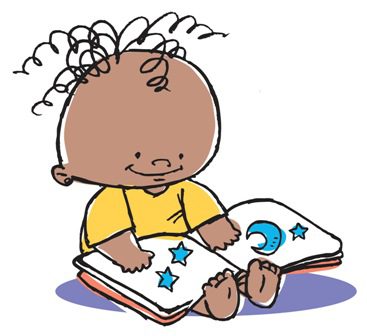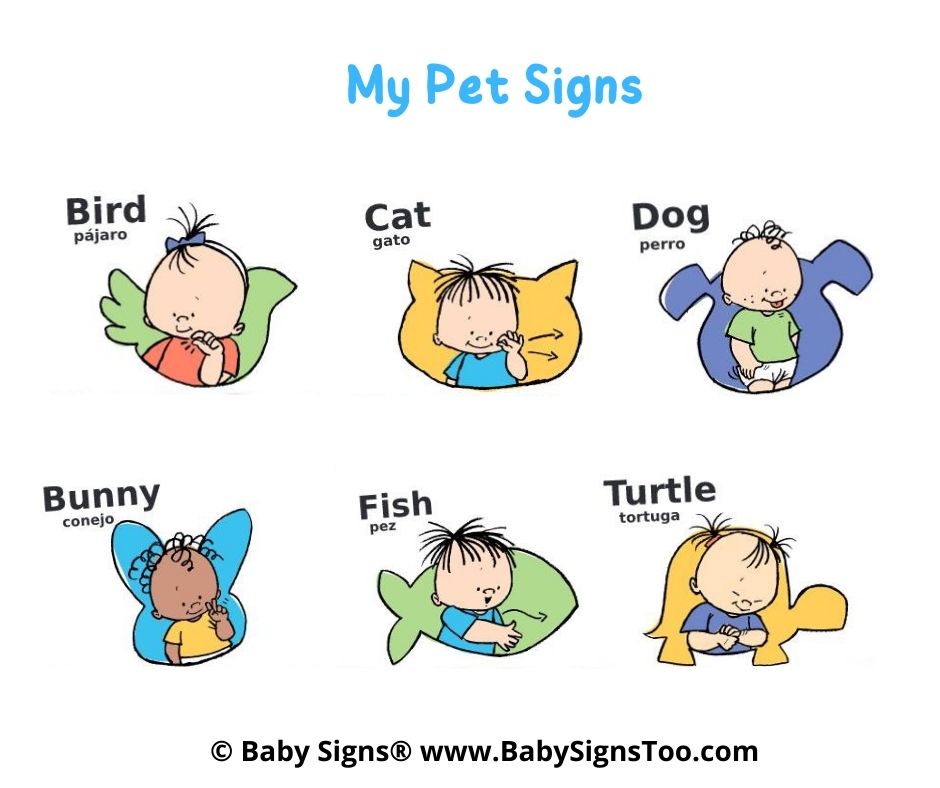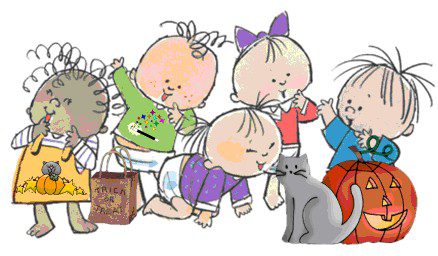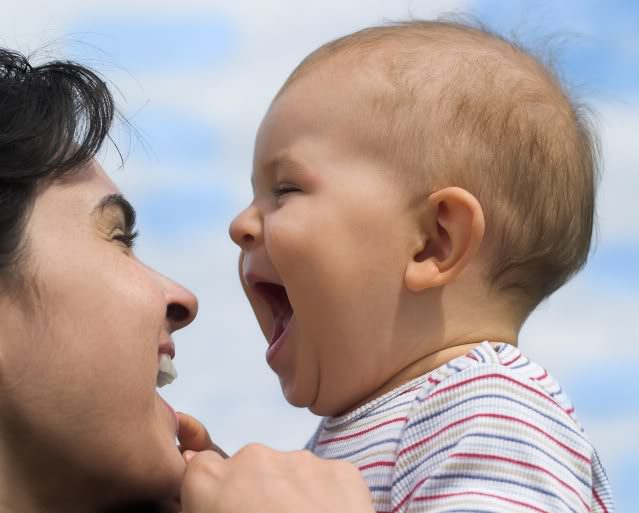Posts Tagged ‘infant sign language’
Sign and Rhyme for Winter
Children of all ages love songs and rhymes that include “finger play.” Why else would “Itsy Bitsy Spider” have maintained its popularity for generation after generation of children? The nice thing is that finger play rhymes have the added advantage of helping teach babies, toddlers, and preschoolers useful signs that can enable them to communicate…
Read MoreBringing Joy to the Holidays with Baby Signs® A Festive Guide to Communication
The holiday season is a magical time filled with twinkling lights, festive decorations, and the joy of spending time with loved ones. As parents, we often seek unique ways to make these moments even more special for our little ones. One delightful approach to enhance your holiday experience is by incorporating the Baby Signs® Program…
Read More“Signs” of the Holidays!
What the holidays mean for many of us is the opportunity to get together with family and friends to reminisce about times past and to make good memories for the future. In many families these celebrations are made even sweeter by the addition of babies and toddlers who still have stars in their eyes when…
Read MoreHow The Baby Signs® Program Can Help Your Little One Through Cold and Flu Season
As the days grow colder and the nights get longer, so does the prevalence of those unwelcome winter visitors – colds and flu. While these illnesses can be frustrating for anyone, they can be particularly challenging for our youngest and most vulnerable – our infants. For parents of young babies, this time of year can…
Read MoreEnhancing Mealtime Joy: The Magic of Baby Signs® During Holidays
Harmonizing Holidays: Baby Signs® for Joyful Mealtime Communication Mealtime with little ones can be a delightful yet challenging experience, especially during holidays when families gather to celebrate. As parents, we constantly seek ways to make these moments more enjoyable and meaningful for our children. One fantastic tool that can transform mealtime into a language-rich and…
Read MoreCommunicate, Connect, Thrive: Maricar’s Journey as a Baby Signs® Instructor and Postpartum Doula
Meet Maricar, a passionate and dedicated Baby Signs® certified instructor from Along Came A Doula LLC. Born in San Francisco, she later moved to San Diego and eventually found herself in Northern Virginia, where she currently resides. Maricar’s journey into teaching Baby Signs® classes began with a fascination for the powerful communication tool that she…
Read MoreMaria Bornacini’s Baby Signs® Journey in Mexico
Empowering Communication and Bonding Communication is a fundamental aspect of human connection, and for infants, it’s their window to the world. Enter Baby Signs®, a program that has been transforming the way babies and their caregivers communicate. In Mexico, Maria Bornacini is taking the lead as a Baby Signs® International Partner, making a significant impact…
Read MoreThe Baby Signs® Program: A Movement Built on a Solid Foundation
Linda Acredolo, Ph.D. ,Professor Emeritus, UC Davis Susan Goodwyn, Ph.D. Professor Emeritus, CSU Stanislaus Why Sign Language for Babies? There’s nothing more heart-wrenching than hearing a baby cry and not knowing why. The problem for babies is with the painstakingly slow development of the ability to produce words. Fortunately, babies are a good deal more…
Read MoreThe Power of Sign Language for Adopted Children
Adoption is a profound and beautiful way of creating families, and it comes with its unique set of challenges. Children who are adopted may have experienced trauma or disrupted early attachments, which can impact their ability to communicate effectively. One tool that has proven to be incredibly beneficial in helping these children bridge the gap…
Read MoreErin Schneider, Certified Baby Signs® Instructor in Southeastern Michigan
In the bustling world of early childhood development, few tools are as powerful as sign language when it comes to enhancing communication between caregivers and their little ones. Erin Schneider, a certified Baby Signs® Instructor hailing from the picturesque landscapes of Southeastern Michigan, has made it her mission to help parents, caregivers, and their children…
Read MoreUnlocking Communication and Early Literacy: Baby Signs® Classes at Your Local Library
Parenthood is an incredible journey filled with precious moments and milestones. One of the most eagerly awaited milestones for parents is when their baby starts communicating. While verbal communication typically takes time to develop, there’s a fascinating method that can bridge the communication gap between parents and their little ones – Baby Signs®. And guess…
Read MoreWhy Children’s Fears Increase in the 2nd Year
by Dr. Linda Acredolo, co-founder the Baby Signs® Program Although signing with babies is my passion, I also enjoy sharing other insights about development. Here’s an example from Baby Hearts, my book co-authored with Dr. Susan Goodwyn. Along with cake and ice cream, a child’s first birthday brings with it a not so nice gift – a significant…
Read MoreWhy Kids Love Animals
Ever wonder why children, even babies, are so drawn to animals? Even linguists have long been aware of this attraction. Turns out that more than a third of the average baby’s earliest words are names for animals with “cat,” “dog,” “bird,” and “bunny” leading the pack. What’s more, we see a similar trend among signs.…
Read MoreSpooky Fun with Baby Signs®: Celebrating Halloween Together!
Halloween is just around the corner, and it’s the perfect time to introduce your little one to the magic of the Baby Signs® Program in a fun and festive way! Baby Signs® can enhance communication with your baby, allowing them to express themselves before they can even talk. This Halloween, let’s explore how you can…
Read MoreKeeping the Bough from Breaking: Signing and Attachment
By Linda Acredolo, Ph.D, co-founder of the Baby Signs® Program What do you think is the optimal age for a child to be adopted? If you’re like most people, your answer is “at birth.” It just seems like common sense to us today. Unfortunately, however, for centuries of adopted children that was not the typical…
Read More
